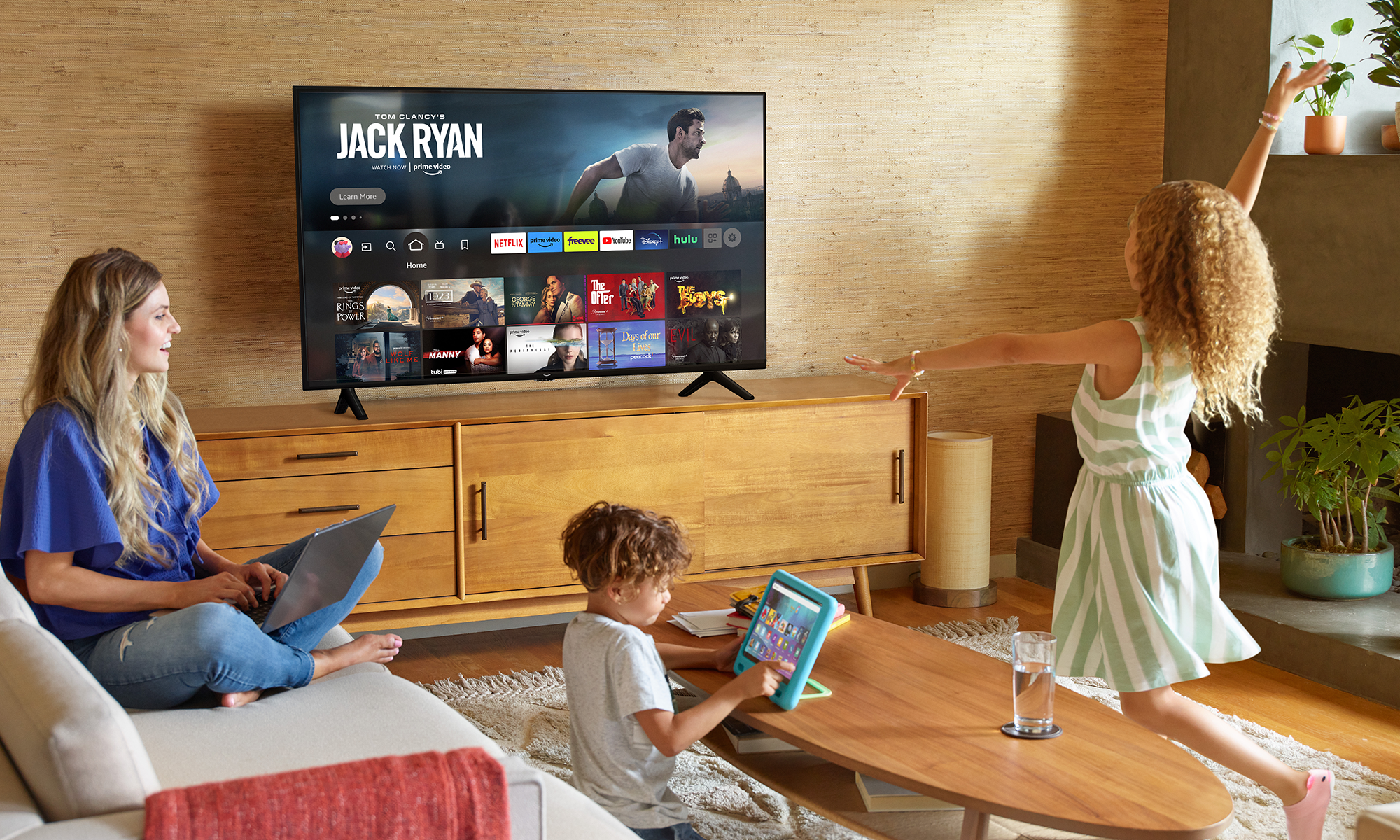Amazon.com (AMZN 1.93%) announced its latest initiative in grocery this week. The e-commerce giant is taking the wraps off of its new AmazonFresh pickup service, which allows customers to place an order online and pick it up in as little as 15 minutes from a drive-in kiosk. The company is beta-testing two locations in Seattle, which are currently open only to Amazon employees but are expected to be ready for the general public soon.
Unlike the Amazon Go cashier-less convenience store the company is currently testing, which relies on a network of cameras and sensors to automatically charge customers, the AmazonFresh pickup service is not a new idea. Rivals like Wal-Mart Stores, Inc. (WMT +1.21%) and Kroger Co (KR +0.77%) have already opened hundreds of such pickup kiosks at their stores and are expanding them quickly. Wal-Mart plans to have close to a thousand of them by the end of the year.
An uphill battle
With its Prime membership program and e-commerce scale, Amazon usually operates from a position of strength, but that isn't the case here. The company is at a number of disadvantages as it opens another front in the grocery industry.
First, Wal-Mart and Kroger have a clear head start with hundreds of kiosks already up and running. If Amazon wants to truly compete with them, it would need to open hundreds of its own locations across the country. Without its own consumer-facing real estate like Wal-Mart and Kroger have, Amazon needs to find and convert space to open more pickup centers, a time-consuming, expensive, and difficult task. Economically, it's much more efficient for Wal-Mart and Kroger to provide such a service since they only need to build a kiosk in a store parking lot at one of their thousands of stores.
Curiously, Amazon's new pickup locations don't also offer customers the option of coming into the store, as most grocery shoppers still do. That means the company will lose out on impulse purchases from shoppers passing by the location, or from those who simply prefer to select their produce themselves. Building out what's essentially a grocery store without allowing customers to enter it seems like a mistake.
Finally, the service is only available to Prime members, and the 15-minute ordering window is exclusive to AmazonFresh members, who pay an additional $15/month for that service. With approximately half of American households already signed up for Prime, Amazon likely isn't losing many potential customers since those who would consider Amazon for food shopping are probably already Prime members, but positioning Fresh pickup as an exclusive benefit worth paying for creates an odd juxtaposition. Wal-Mart, the grocery leader, offers its pickup service for free, to everyone. Kroger's ClickList, on the other hand, costs $4.95 per order.
The big question
Who exactly is AmazonFresh Pickup for?
In most metro areas, Amazon already offers its Fresh grocery delivery service, which, for an additional $15/month, provides same-day or next-day delivery to customers' doorsteps. And since the new pickup service excludes non-Prime members, the target market seems to be only people who pay for Prime, but aren't willing to spend the extra $15/month to get groceries delivered. After all, if customers are willing to place orders on their phones, the additional convenience of getting delivery rather than schlepping to the pick-up site seems worth the monthly fee.

Image source: Amazon.
With such a narrow target market, AmazonFresh Pickup just doesn't seem to make good business sense. Wal-Mart introduced such a program as a compromise between delivery, which it found to be too expensive, and the traditional form of in-store grocery shopping. The pickup service offers more convenience than entering a store, but less than delivery, and it carries no additional cost. That works for Wal-Mart because it already has the infrastructure and store network to make pickup easy and cost-effective. Amazon does not.
The Fresh Pickup launch is clearly an experiment, and Amazon may not expand it nationwide. But 10 years after the company first launched Fresh, it's still grasping for a foothold in the $800 billion U.S. grocery market. The groundbreaking technology featured in the Amazon Go store has the potential to disrupt the industry, but the delay in its public opening is not encouraging.
As for AmazonFresh Pickup, the service is at a disadvantage to competitors both from a customer perspective and a business one. For now, Amazon still seems stuck in a supermarket no-man's land.








